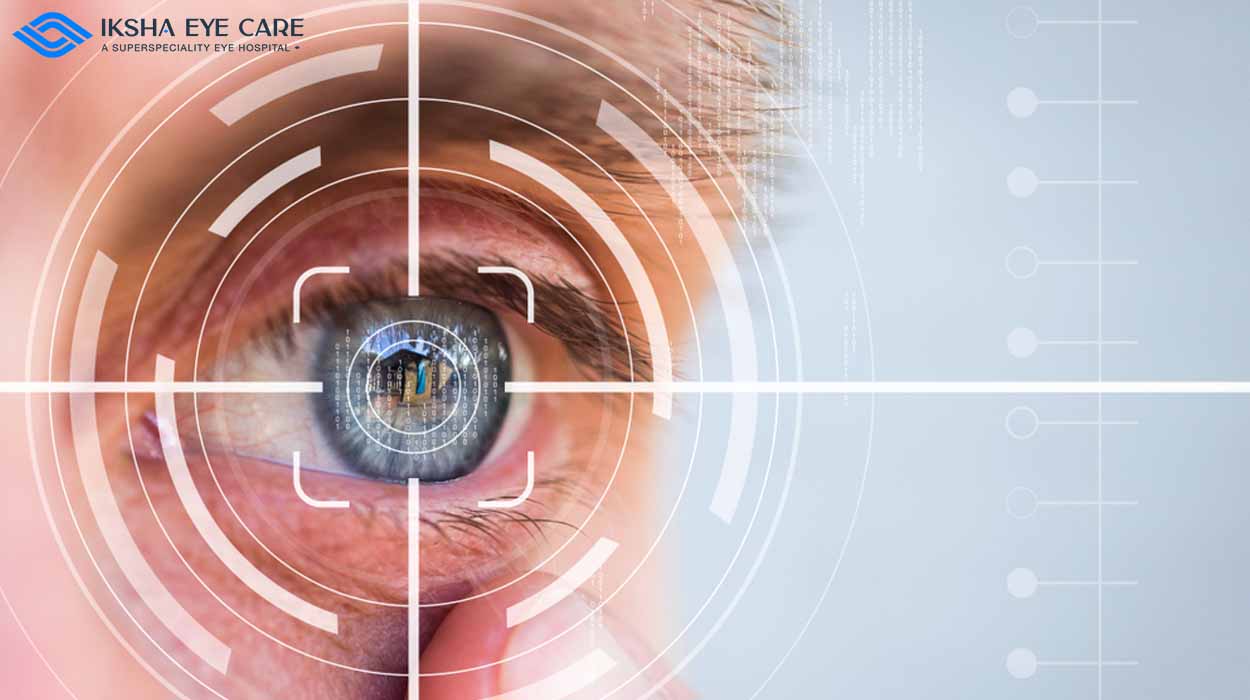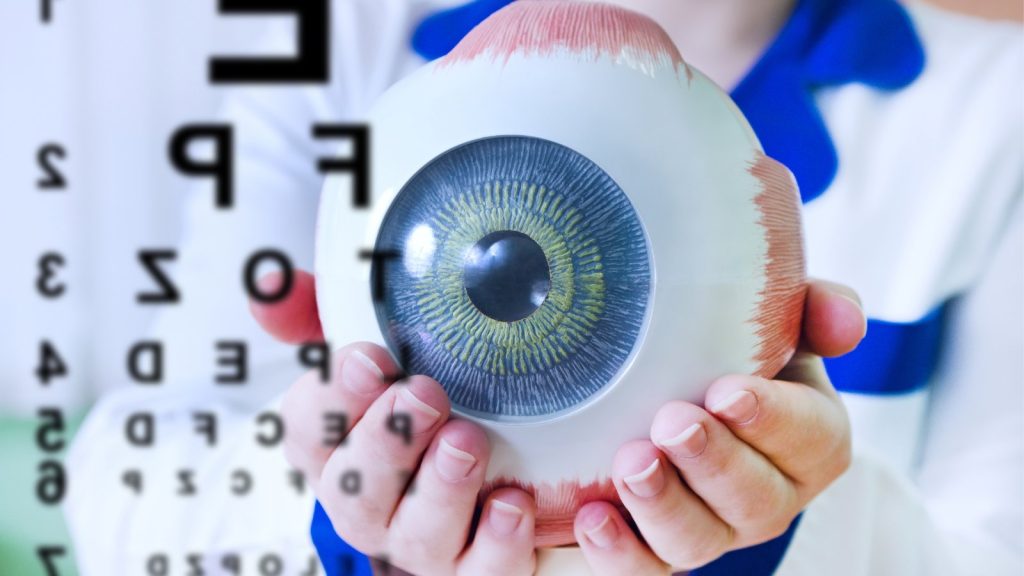Reputable Eyecare Near Me - Quality Vision Solutions
Reputable Eyecare Near Me - Quality Vision Solutions
Blog Article
Discovering the Cutting-Edge Technologies Utilized for Vision Adjustment
In the ever-evolving landscape of vision correction modern technologies, a world where development and accuracy merge, a myriad of advanced advancements have actually reshaped the opportunities for enhancing aesthetic acuity. From the detailed realm of innovative laser treatments to the realm of man-made intelligence applications and genetics therapy developments, the field remains to push borders and redefine what was when believed to be unattainable. With each advancement comes the possible to transform how we perceive and address vision-related obstacles, offering an alluring look into a future where quality and accuracy preponderate.
Advanced Laser Procedures

One more sophisticated laser treatment gaining popularity is PRK (Photorefractive Keratectomy) This method entails eliminating the external layer of the cornea prior to reshaping it with a laser. While the recovery time for PRK is much longer contrasted to LASIK, it can be a much better alternative for individuals with slim corneas or various other corneal irregularities. Both LASIK and PRK have high success prices in boosting vision and are considered secure and trustworthy approaches for vision adjustment.

Implantable Tools Innovation
Advancements in implantable devices are reshaping the landscape of vision modification, supplying new possibilities for people looking for permanent options to refractive mistakes. These cutting-edge gadgets, such as phakic intraocular lenses (IOLs) and implantable collamer lenses (ICLs), are made to fix a vast array of refractive errors, consisting of nearsightedness, hyperopia, and astigmatism. Unlike typical glasses or contact lenses, implantable devices provide a more long-term service by being put inside the eye to remedy vision.

Wavefront Technology Enhancements
The development of wavefront modern technology in vision correction has reinvented the accuracy and customization of refractive procedures. By utilizing advanced wavefront sensors, this innovation enables a thorough evaluation of the eye's one-of-a-kind aberrations, enabling ophthalmologists to tailor treatments with unprecedented accuracy. Wavefront-guided LASIK, for instance, exceeds conventional techniques by attending to not only typical refractive errors like nearsightedness, farsightedness, and astigmatism but also higher-order aberrations that can this contact form impact aesthetic quality.
Additionally, constant innovations in wavefront technology have actually led to boosted diagnostic abilities, permitting for more accurate pre-operative examinations and post-operative assessments to keep track of the efficiency of the treatment. Overall, these enhancements in wavefront innovation have actually considerably contributed to the improvement and performance of vision correction procedures, offering clients a greater degree of visual acuity and high quality post-treatment.
Artificial Intelligence Applications
With the progression of wavefront technology in vision modification paving the means for tailored therapies, the combination of artificial knowledge applications is now positioned to additional augment precision and performance in refractive treatments. Synthetic knowledge (AI) brings a new level of refinement to the field by analyzing huge quantities of data to improve decision-making procedures during vision correction surgical procedures. By leveraging AI in vision adjustment procedures, eye doctors can supply patients customized therapies that are not only extra exact however also customized to their distinct aesthetic needs, eventually leading to improved individual fulfillment and visual outcomes.
Genetics Treatment Developments
Current developments in genetics treatment have ushered in a brand-new era of precision medicine, revolutionizing the landscape of clinical therapies. In the realm of vision improvement, gene therapy developments supply discover this promising remedies for various genetic eye problems. By targeting specific genes liable for problems like retinitis pigmentosa, Leber congenital amaurosis, and other hereditary retinal conditions, genetics treatment intends to resolve the origin of these problems at a molecular level.
One noteworthy development in genetics therapy for vision correction is Luxturna, accepted by the FDA in 2017. Luxturna is a pioneering gene therapy treatment for individuals with inherited retinal diseases triggered by mutations in the RPE65 gene. Through the shipment of a functional duplicate of the RPE65 genetics right into retinal cells, Luxturna has revealed considerable improvements in vision for clients with these genetic conditions.
As research study in this gene treatment remains to development, the possibility for customized therapies for an array of hereditary eye problems grows greatly, using hope for boosted vision outcomes and top quality of life for afflicted people.
Final Thought
To conclude, the field of vision correction is regularly developing with using advanced modern technologies such as sophisticated laser treatments, implantable devices, wavefront innovation, expert system, and genetics therapy. retina service near me. These technologies have changed the way vision concerns are addressed, using more exact and reliable services for people. As innovation proceeds to advancement, we can anticipate a lot more innovations in the future that will even more boost the quality of vision modification therapies
Report this page